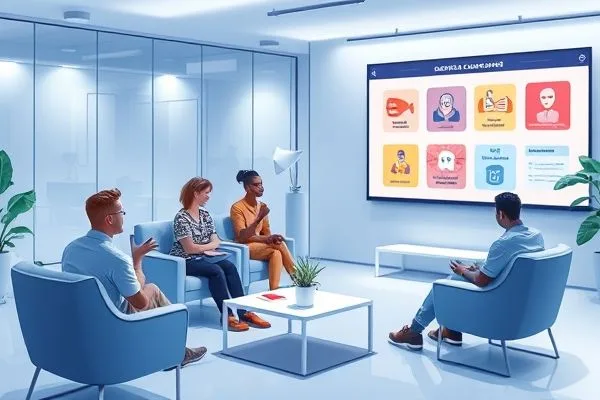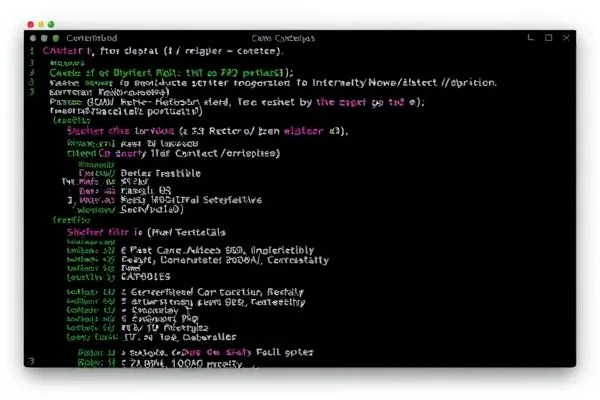As cybersecurity threats evolve, understanding the tactics employed by malicious actors is crucial. Recently, the Lazarus Group, a sophisticated North Korean threat actor, has begun leveraging a new method called ClickFix. This tactic targets unsuspecting job seekers, particularly in the cryptocurrency sector, to deploy the GolangGhost malware.
The ClickFix approach represents a significant shift in strategy for the Lazarus Group. It involves leveraging fake job offers that lure candidates into installing a Go-based backdoor onto their systems, affecting both Windows and macOS platforms. Researchers from Sekoia have aptly named this initiative ClickFake Interview, highlighting how attackers creatively exploit the trust associated with legitimate job platforms.
✅ Key takeaways:
- Social engineering tactics are used to trick job seekers into downloading malicious software.
- GolangGhost facilitates data theft and enables remote control over compromised devices.
- Fake job opportunities increasingly target centralized finance entities, a notable pivot from previous attacks.
- Awareness of such tactics is crucial in safeguarding against malicious infiltration.
This campaign primarily focuses on impersonating well-known cryptocurrency companies like Coinbase and Kraken, tapping into job seekers’ aspirations in a high-demand sector. Candidates are often approached via platforms such as LinkedIn or Twitter, where they are enticed with promises of employment.
Once interested, potential victims are directed to a purported video interview platform. The deception continues as they are further instructed to download software to facilitate the interview. This seemingly benign action sets the stage for the malware’s deployment.
The attack methodology varies by operating system. Windows users are prompted to execute commands in Command Prompt, which launch a Visual Basic Script executing GolangGhost. macOS users face a similar challenge with Terminal, where a shell script download leads to the installation of information-stealing malware like FROSTYFERRET.
This tactic not only elevates the threat level but demonstrates an alarming understanding among cybercriminals regarding user behavior. The malware, once installed, is capable of extensive data collection, exploiting sensitive information including passwords, thereby amplifying the potential for financial theft.
Furthermore, this shift in tactics towards non-technical job roles demonstrates the Lazarus Group’s adaptability and strategic evolution. By targeting managerial positions and other roles outside of traditional development, the group may expand its footprint significantly.
In line with this trend, the Google Threat Intelligence Group has observed an increase in fraudulent IT worker schemes in Europe. North Korean nationals posing as legitimate remote workers in various professional fields highlight a concerning trend of malicious actors infiltrating markets through deception. The implications of this activity extend beyond financial fraud, potentially threatening data privacy and national security.
As remote work becomes the norm, organizations must adopt stringent vetting processes and comprehensive cybersecurity training. Ensuring that candidates understand these tactics will be crucial in mitigating risks and maintaining a secure digital environment.
In summary, the ClickFix strategy employed by the Lazarus Group is a reminder of the intricate and evolving nature of cyber threats. Awareness and proactive measures are essential to protect against such sophisticated attacks.









